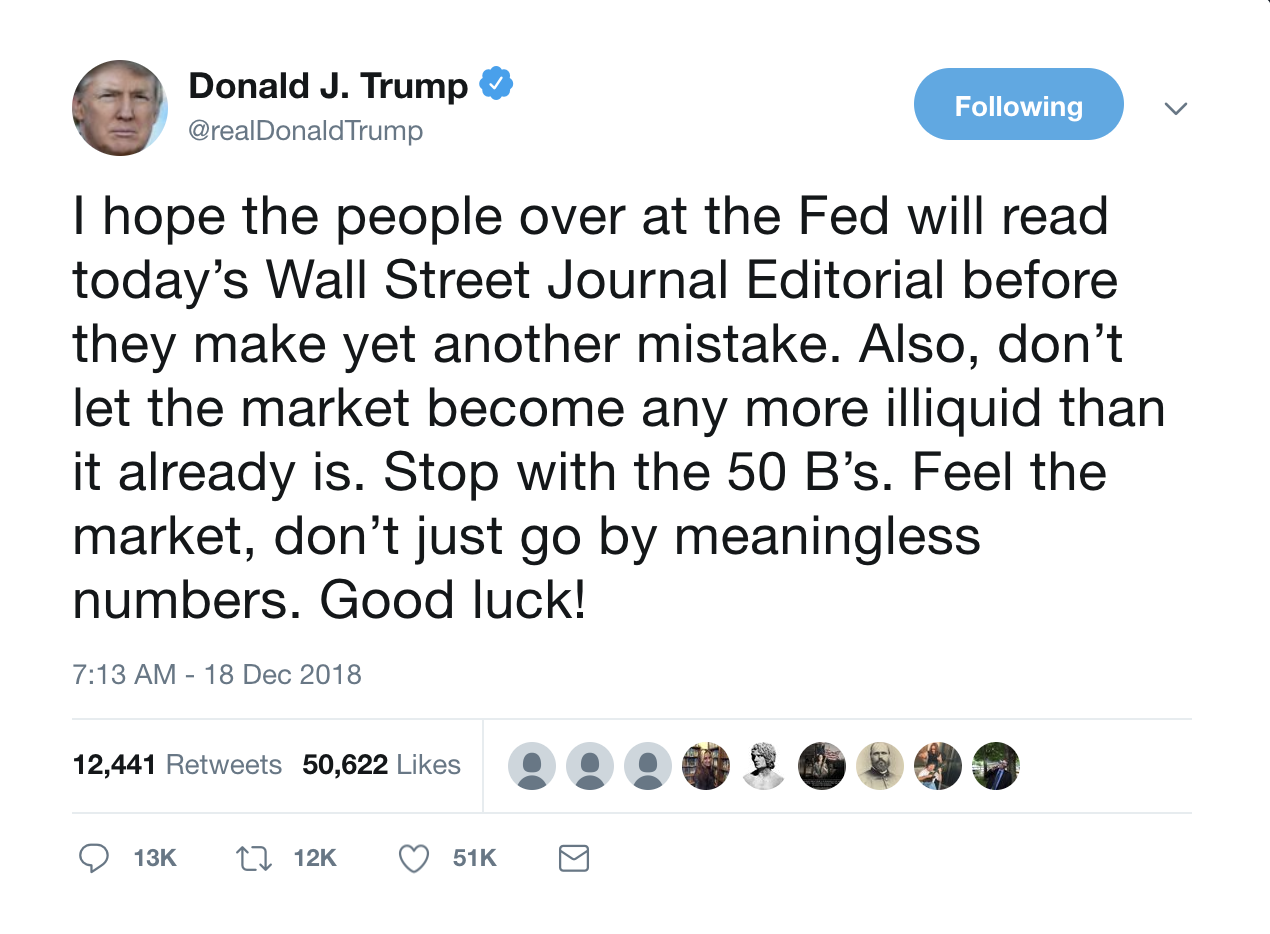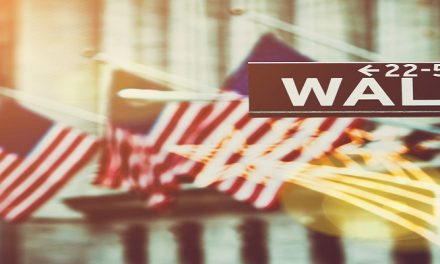An old Wall Street friend of mine texted me the other day. He said he’s doing something neither of us have even considered in over a decade.
He said he was parking some cash in nine-month certificates of deposit (CDs) with a 2.25% yield. He added: “Kinda funny. Feels like something my grandmother would do.”
Of course, my good friend was joking. However, it’s no laughing matter that cash is giving all other asset classes a run for their money (pun intended).
And this is likely what’s causing havoc in corporate bond markets, commodities and stocks as money flows out of these asset classes and back into cash.
The Great Exodus to Cash
In the week through December 12, investors fled the market at a record weekly pace. They yanked $39 billion out of global equity funds, according to Bank of America Merrill Lynch.
But stocks were not the only thing investors were running away from. Another $8.4 billion fled investment-grade bond funds, another all-time high.
While macro fears such as the U.S.-China trade tangle and Brexit share some of the blame, the end of the Federal Reserve’s “war on cash” is causing a mass exodus among all major asset classes.
That’s because cash, as my astute colleague reminded me, is an investment option for the first time in over a decade.
One-year CD rates, quoted around 2.8% at most banks, are smashing the projected rate of U.S. inflation of 1.9%. A year ago, that was not the case.
Moreover, one-year CD rates now handily beat the S&P 500 Index dividend yield of a meager 1.9%.
And cash allows you to avoid the stomach-churning roller coaster ride that is the current stock market.
The Fed’s War on Cash
A decade ago, Fed Chairman Ben Bernanke fired the first shot in the war on cash by cutting the federal funds rate, the rate that banks loan money overnight, to zero.
This was done to provide liquidity to the banking system and head off the financial crisis.
The thinking behind zero rates is that depositors want something better than zero, and this encourages them to park their cash in something that offers a higher yield.
This is the transmission mechanism of monetary policy. That’s a fancy term thrown around at cocktail parties to describe the way asset prices and economic growth are impacted by the Fed’s maneuvers.
The Fed’s main goal was to (forcefully) turn savers into investors, driving both the markets and the economy higher.
When zero interest rates weren’t enough of a push, the Fed stepped up its war on cash through the purchase of “safe” assets: U.S. government bonds and mortgage-backed securities.
Through quantitative easing (QE), the Fed’s intention was to buy safe assets, thereby lowering the yields and crowding investors into the riskier stuff.
And this wasn’t just happening in the U.S., as the European Central Bank and the Bank of Japan worked as trusty allies in the global war on cash and safe assets.
As an analogy, imagine the most popular restaurant in town. Then imagine if taxpayer-funded government employees started showing up by the busload and forcing the local diners to eat elsewhere.
The overflow helps the other food establishments grow, and may even help the grocer and the food truck as well.
That’s the real-world equivalent to how the Fed’s QE works.
And you don’t even want a seat at these crowded restaurants. Just a few years ago, there were $13 trillion of global bonds with negative yields.
That means you give them money for their bond, and they siphon off a little bit of your principal every year.
As nutty as the plan sounded, so far as the goal was to inflate riskier assets — it worked!
Stocks surged, and global gross domestic product growth returned to a reasonable level of over 3%.
In the U.S., through three rounds of QE, the Fed purchased $4.5 trillion of “safe” government bonds and mortgages.
This resulted in lower interest rates for corporations, which led to lower financing costs, which led to more profitability, which led to higher stock prices … and happy investors.
Long Live Cash!
The war on cash is now ending.
The Fed has been raising rates in lockstep for two years. Meanwhile, it has steadily reduced its balance sheet since October 2017 in a process called “quantitative tightening.”
In just the past year, the balance sheet has shrunk by $360 billion to $4.14 trillion.
Currently, the Fed has been letting around $50 billion worth of government and mortgage-backed bonds mature, without replacing them.

On one flank, the rates of CDs are rising, making cash attractive. And on the other flank, the Fed is no longer competing for the same “safer” assets.
These two forces are pulling investors out of risky assets and contributing to the record outflows in December.
Quantitative tightening is even catching the ire of President Donald Trump. He took to Twitter to ask the Fed to: “Stop with the 50 B’s,” and also to “Feel the market.”

One thing is certain: We will soon find out whether or not those other restaurants had reputable business models, or were only doing well because of the Fed’s policies.
With risk-free CDs now yielding 2.8%, at least you’ve got some menu options.
Regards,

Ian King
Editor, Crypto Profit Trader




